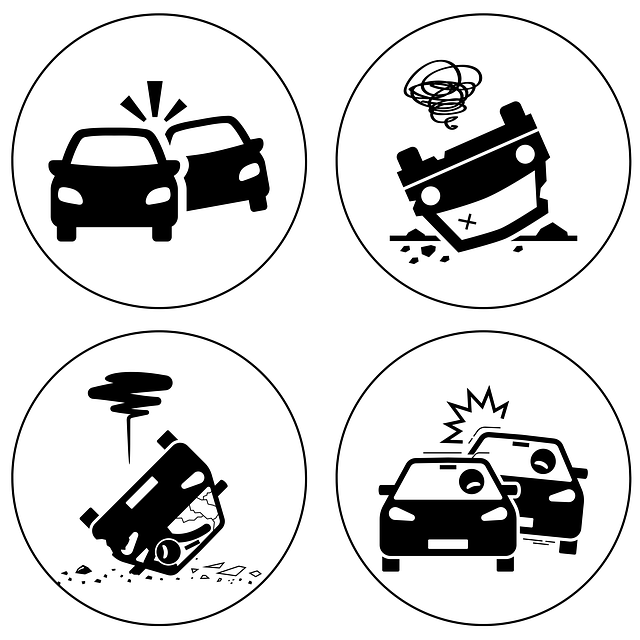Understanding your accident insurance policy is key to accessing help with unexpected costs post-accident, including medical bills and vehicle repair. Gather essential documents like policy details and medical records, take clear photos of damage, and keep contacts handy. File a claim promptly by contacting your insurer with required docs, providing accurate info, and following up if needed for timely assistance.
Accident insurance is a crucial safety net, providing financial support during unexpected events. If you’ve been involved in an accident, understanding your coverage and knowing how to claim assistance is essential. This guide will lead you through the process, from grasping the basics of accident insurance to filing a claim efficiently. We’ll outline the necessary steps, including gathering documents and following a structured approach, ensuring you receive the help you need.
- Understanding Accident Insurance Coverage
- Gathering Necessary Documents and Information
- Filing a Claim: Step-by-Step Process
Understanding Accident Insurance Coverage

Accident insurance assistance is only as effective as your understanding of the coverage it provides. Before making a claim, it’s crucial to know what’s covered and what isn’t. Accident insurance typically steps in to help with unexpected expenses arising from accidents involving vehicles. This can include medical bills, hospital stays, and even rehabilitation costs. However, policies vary widely, so check yours for specifics on things like deductibles, limits per incident, and exclusions related to pre-existing conditions or willful misconduct.
Understanding your policy also involves recognizing the types of services offered under accident insurance assistance. While some plans cover basic automotive repair and car dent removal, others might extend to more complex procedures such as automotive restoration. If you’re involved in an accident, your first step should be to assess your injuries and gather necessary information about the incident. Then, contact your insurance provider promptly to initiate the claims process and ensure access to the support—including medical and automotive services—that your policy entitles you to.
Gathering Necessary Documents and Information

Before applying for accident insurance assistance, it’s crucial to gather all necessary documents and information. This includes your insurance policy details, a comprehensive report of the incident from law enforcement (if applicable), and any medical records related to injuries sustained in the accident. Additionally, take clear photos of the damaged vehicle, focusing on both the exterior and interior, as these will serve as essential evidence for the claim process.
Additionally, keep readily available contact information for all parties involved—other drivers, witnesses, and your insurance provider. Ensuring you have accurate and up-to-date documentation is paramount when seeking accident insurance help. It streamlines the claims process and facilitates faster reimbursement for eligible expenses, including vehicle bodywork repairs or even automotive repair services if needed.
Filing a Claim: Step-by-Step Process

Filing a claim with your accident insurance provider is a crucial step in getting the assistance and compensation you deserve after an incident. Here’s a straightforward, step-by-step process to guide you through this process.
1. Gather Essential Documents: Start by collecting all necessary paperwork, including your policy details, identification documents, and any reports related to the accident. This might include police reports, medical records, or estimates for repairs like car body restoration or collision repair services. Having these documents ready ensures a smoother claims process.
2. Notify Your Insurer: Reach out to your insurance company as soon as possible after the incident. Most insurers have a dedicated claims department that can guide you through the rest of the process. You can file a claim over the phone, online, or in person, depending on their preferred method and your convenience. Provide them with accurate and complete information regarding the accident to facilitate a swift assessment.
3. Complete the Claim Form: Your insurer will provide you with a claims form or guide you through filling one out. Ensure you answer all questions honestly and accurately. This may include details about the incident, injuries sustained, and any damages to your vehicle, such as those requiring car bodywork services. Provide clear descriptions and, if possible, attach supporting documents like photographs of damage to your car body.
4. Submit Supporting Evidence: Along with your claim form, gather and submit additional evidence to strengthen your case. This could include medical bills, repair estimates from trusted collision repair workshops, or any other documentation that supports the nature and extent of your losses.
5. Follow Up: Keep a record of all communication with your insurer. After submitting your claim, follow up periodically if you haven’t heard back within the expected timeframe. This demonstrates proactive engagement, especially if there are any delays or complexities in processing your claim.
Accident insurance help is accessible, but understanding your coverage and gathering the right documents are crucial steps. By following the simple process outlined in this article—from comprehending your policy to filing a claim—you can ensure swift assistance during unexpected events. Remember, knowing how to navigate these procedures empowers you to receive the support you need when it matters most.













